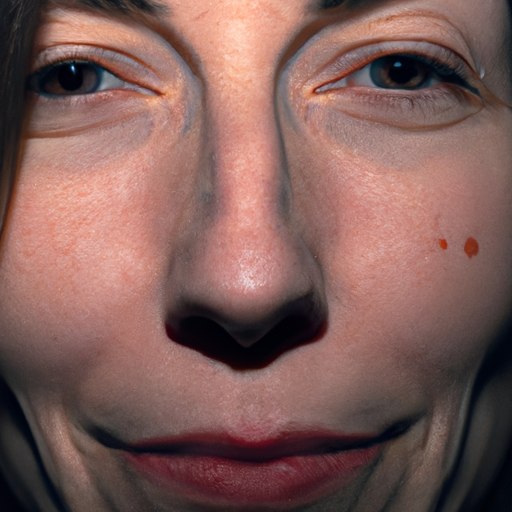As a dermatologist, I am often asked about the most effective treatments for skin revitalization. Among the myriad of options available, one stands out for its efficacy and versatility: facial peels. This treatment, which may seem daunting due to its name, is a powerful tool that can transform your skin, unmasking its true potential.
Facial peels, also known as chemical peels, are treatments that involve the application of a solution to the skin to accelerate the exfoliation process. This results in the removal of dead skin cells from the surface and stimulates the growth of new cells underneath. The outcome is a smoother, brighter, and more youthful complexion.
There are three main types of facial peels: superficial, medium, and deep peels. Superficial peels are the mildest type and use mild acids like alpha-hydroxy acid to penetrate only the outermost layer of skin. Medium peels penetrate the outer and middle layers of skin using glycolic or trichloroacetic acids. Deep peels fully penetrate the middle layer of skin to remove damaged skin cells, utilizing phenol or trichloroacetic acid.
The benefits of facial peels are numerous. They can effectively treat a variety of skin concerns including wrinkles, fine lines, acne scars, uneven skin tone, sun damage, and hyperpigmentation. By removing the outer layers of dead or damaged skin, facial peels reveal the fresh, healthy skin underneath. This process also stimulates collagen production, which can improve skin elasticity and firmness over time.
One common misconception about facial peels is that they are painful and require significant downtime. While it’s true that some peels can cause discomfort and require recovery time, many modern peels are designed to minimize these issues. Superficial peels often cause little to no discomfort and require no downtime, while medium and deep peels may require a few days to a week of recovery. However, the results can be dramatic and long-lasting, making the temporary discomfort and downtime worthwhile for many patients.
It’s important to note that while facial peels can be incredibly beneficial, they are not suitable for everyone. Those with sensitive skin, certain skin conditions, or who are pregnant or nursing should avoid chemical peels. Furthermore, it’s crucial to have a professional perform your peel to ensure safety and effectiveness.
Aftercare is also essential in maximizing the benefits of a facial peel. This includes staying out of the sun, using a high-SPF sunscreen, and keeping the skin moisturized. Your dermatologist will provide specific aftercare instructions based on the type of peel you receive.
In conclusion, facial peels are a powerful tool in skin revitalization. They offer a range of benefits from reducing signs of aging to treating specific skin conditions. With professional application and proper aftercare, a facial peel can reveal healthier, younger-looking skin. As with any skincare treatment, it’s important to consult with a dermatologist to determine if a facial peel is the right choice for you. Unmask your skin’s potential and dive deep into the world of skin revitalization with facial peels.
Unmasking the Power of Facial Peels: A Deep Dive into Skin Revitalization



